Sushi Hon (스시혼)
13.1Km 2021-03-29
8, Dobong-ro 110-gil, Dobong-gu, Seoul
+82-2-993-3290
A place that serves traditional Japanese sushi using fresh live fish. This Japanese (cuisine) restaurant is located in Dobong-gu, Seoul. The most famous menu is sushi.
Samho Bokjip - Sinchon Branch (삼호복집 신촌)
13.1Km 2021-03-19
10, Yonsei-ro 5da-gil, Seodaemun-gu, Seoul
+82-2-337-9019
A blowfish specialty restaurant located in Sinchon, Seoul. A restaurant specializing in blowfish dishes. The most famous menu is tiger puffer fish.
Samho Bokjip (삼호복집)
13.1Km 2020-01-07
10, Yonsei-ro 5da-gil, Seodaemun-gu, Seoul
+82-2-337-9019
Opened in 1976, Samho Bokjip specializes in food that uses puffer fish as the main ingredient. The restaurant uses fresh vegetables and savory broth to bring out the best flavors of a puffer fish.
Gogi Changgo (고기창고)
13.2Km 2021-03-30
34-4, Yonsei-ro 7-gil, Seodaemun-gu, Seoul
+82-2-323-9090
A famous meat restaurant, with a history of 20 years in Shinchon. The best menu at this restaurant is grilled pork belly. This BBQ restaurant is located in Seodaemun-gu, Seoul.
Mensyu (멘슈)
13.2Km 2021-03-29
394, Yeouidaebang-ro, Yeongdeungpo-gu, Seoul
+82-2-761-5285
It is a ramen specialty store where you can enjoy Japanese ramen dishes. This restaurant's signature menu is instant noodles. This Korean dishes restaurant is located in Yeongdeungpo-gu, Seoul.
Seogeulleongtang (서글렁탕)
13.2Km 2021-04-20
394, Yeouidaebang-ro, Yeongdeungpo-gu, Seoul
+82-2-780-8858
This is a restaurant serving pork belly soaked in a special sauce. This Korean dishes restaurant is located in Yeongdeungpo-gu, Seoul. The representative menu is grilled pork belly.
Yabai (야바이)
13.2Km 2021-03-26
37, Yonsei-ro 7an-gil, Seodaemun-gu, Seoul
+82-70-8875-1024
This is a place where you can enjoy Japanese dishes and fusion dishes. This Japanese (cuisine) restaurant is located in Seodaemun-gu, Seoul. The representative menu is okonomiyaki.
Yeolbin (열빈)
13.3Km 2021-03-29
78, Gukjegeumyung-ro, Yeongdeungpo-gu, Seoul
+82-2-783-3838
Operating since 1978, this store boasts of a large space. The best menu at this restaurant is noodles with minced meat in black bean sauce. This Chinese (cuisine) restaurant is located in Yeongdeungpo-gu, Seoul.
Ononsa (온온사)
13.4Km 2023-07-13
Gwanaksan-gil 58, Gwacheon-si, Gyeonggi-do
Huiraedeung (희래등)
13.4Km 2021-03-30
123, Deungyong-ro, Dongjak-gu, Seoul
+82-2-827-0722
It is a place where not only family gatherings but also group dining are available. This restaurant's signature menu is sweet and sour pork. This Korean dishes restaurant is located in Dongjak-gu, Seoul.
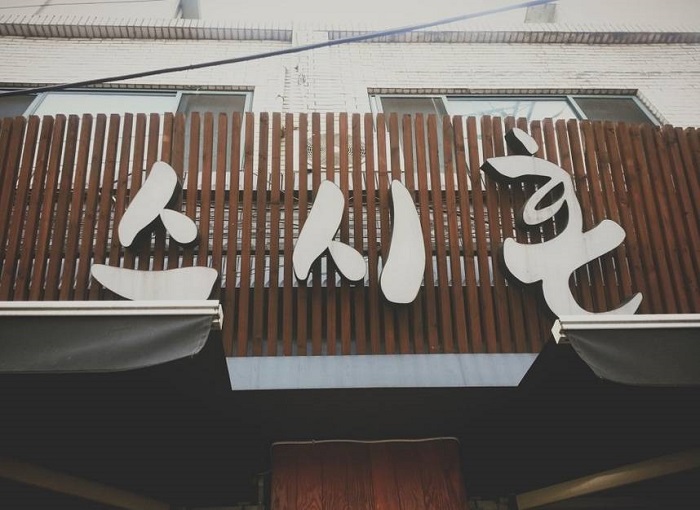
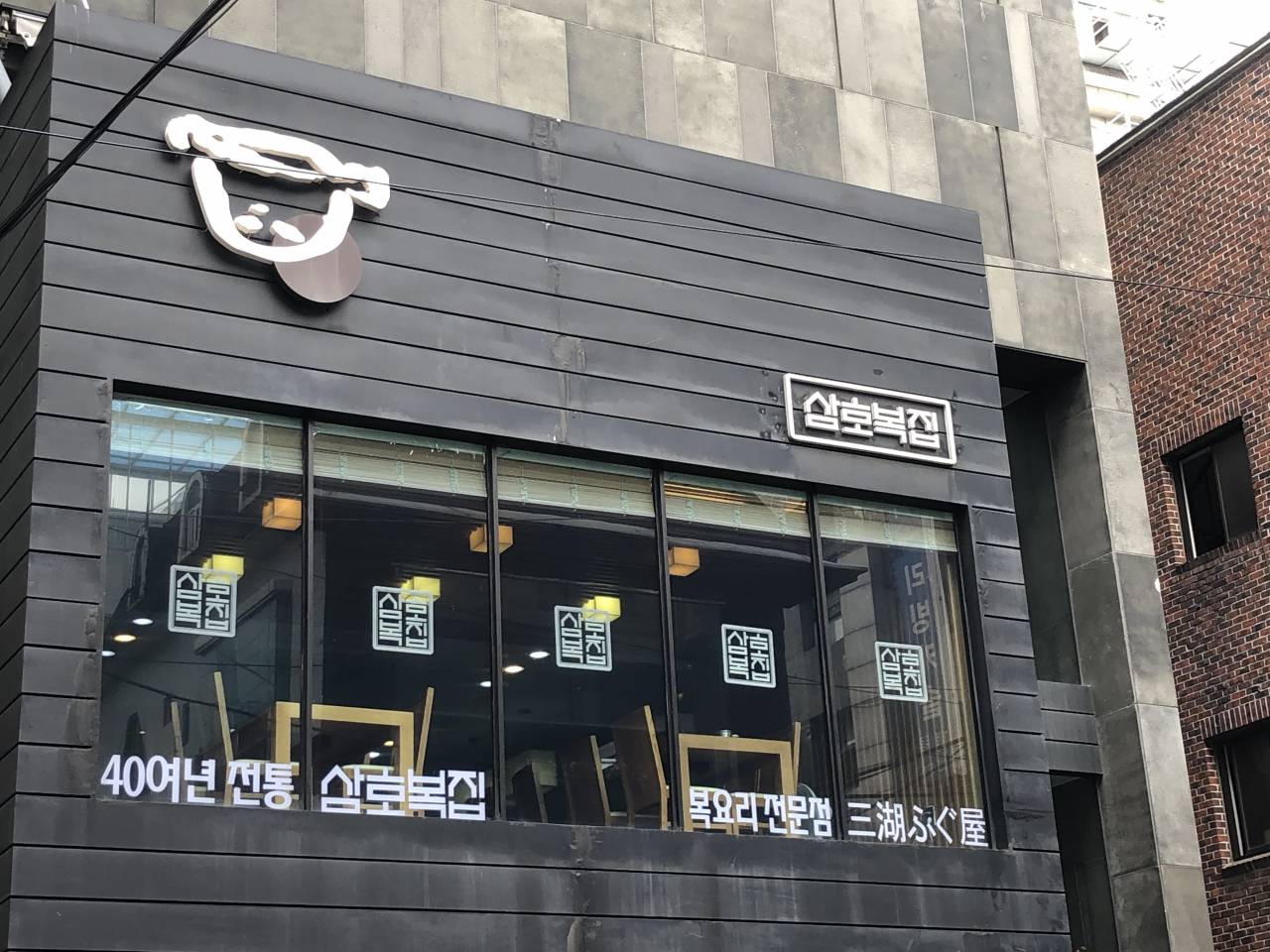
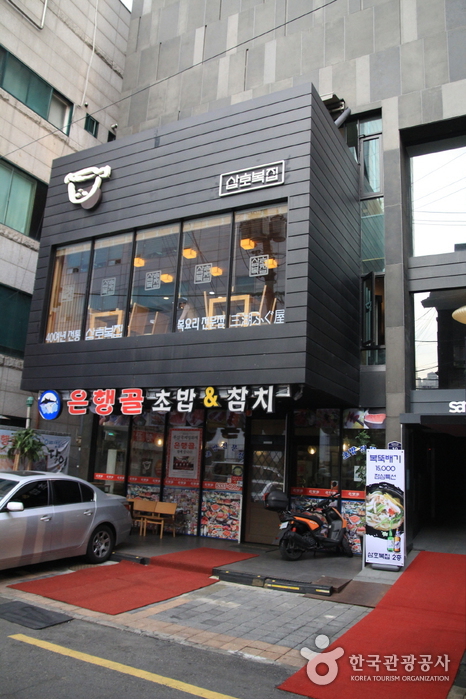

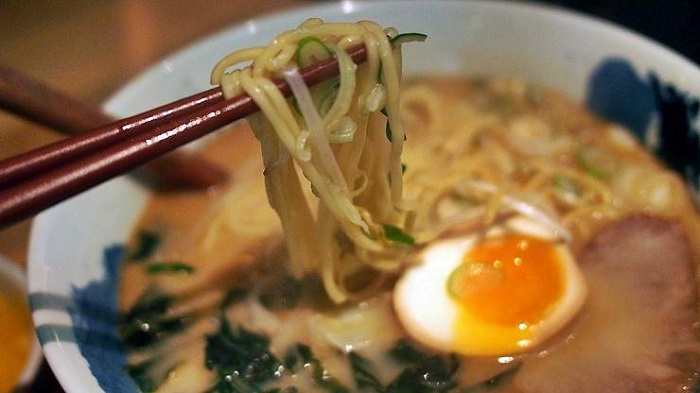
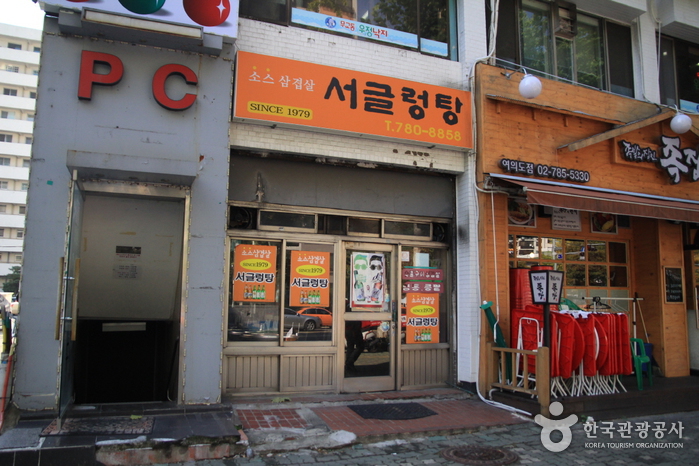
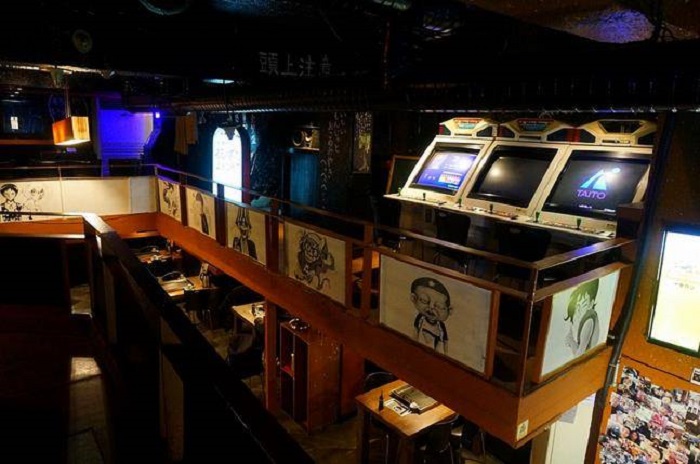
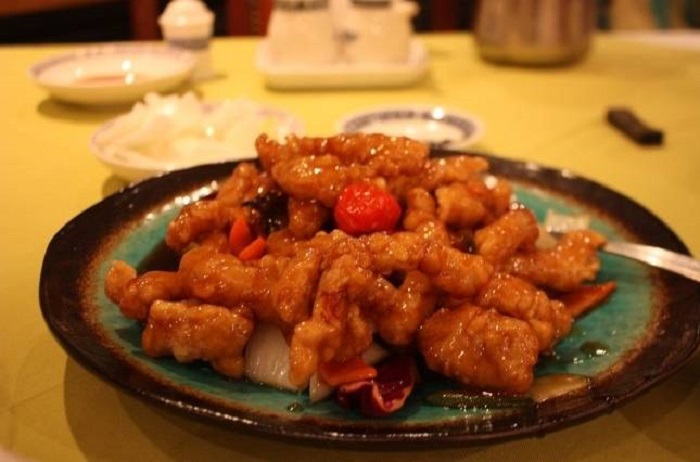
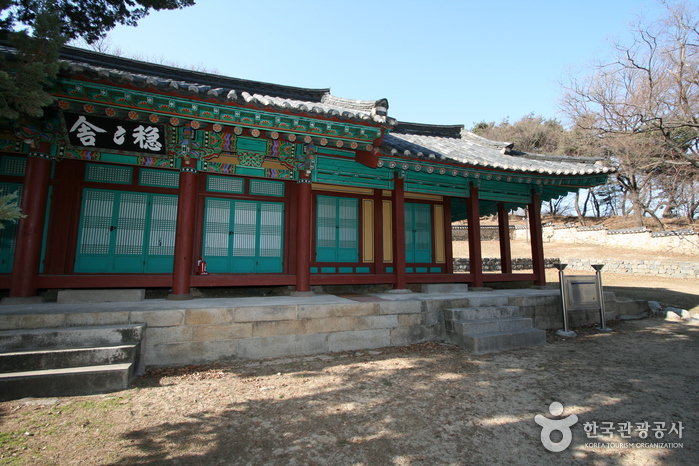
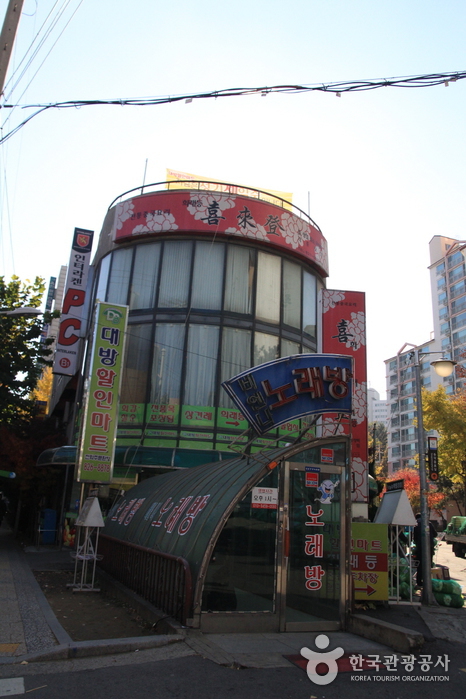
 Español
Español
 한국어
한국어 English
English 日本語
日本語 中文(简体)
中文(简体) Deutsch
Deutsch Français
Français Русский
Русский